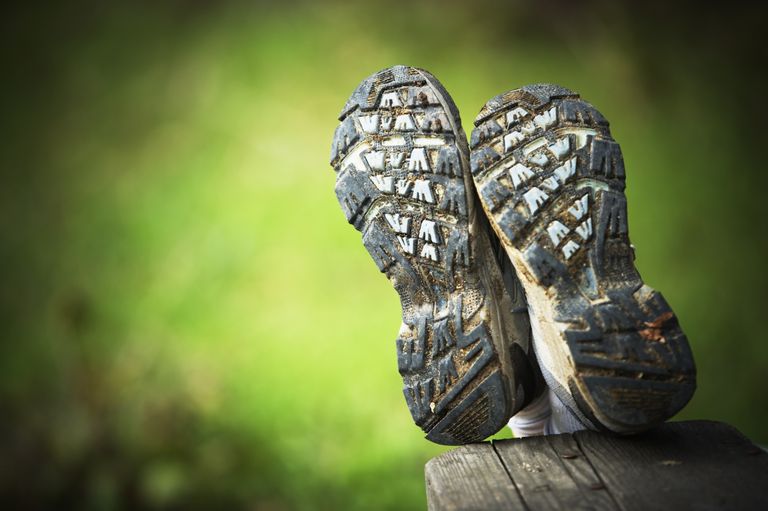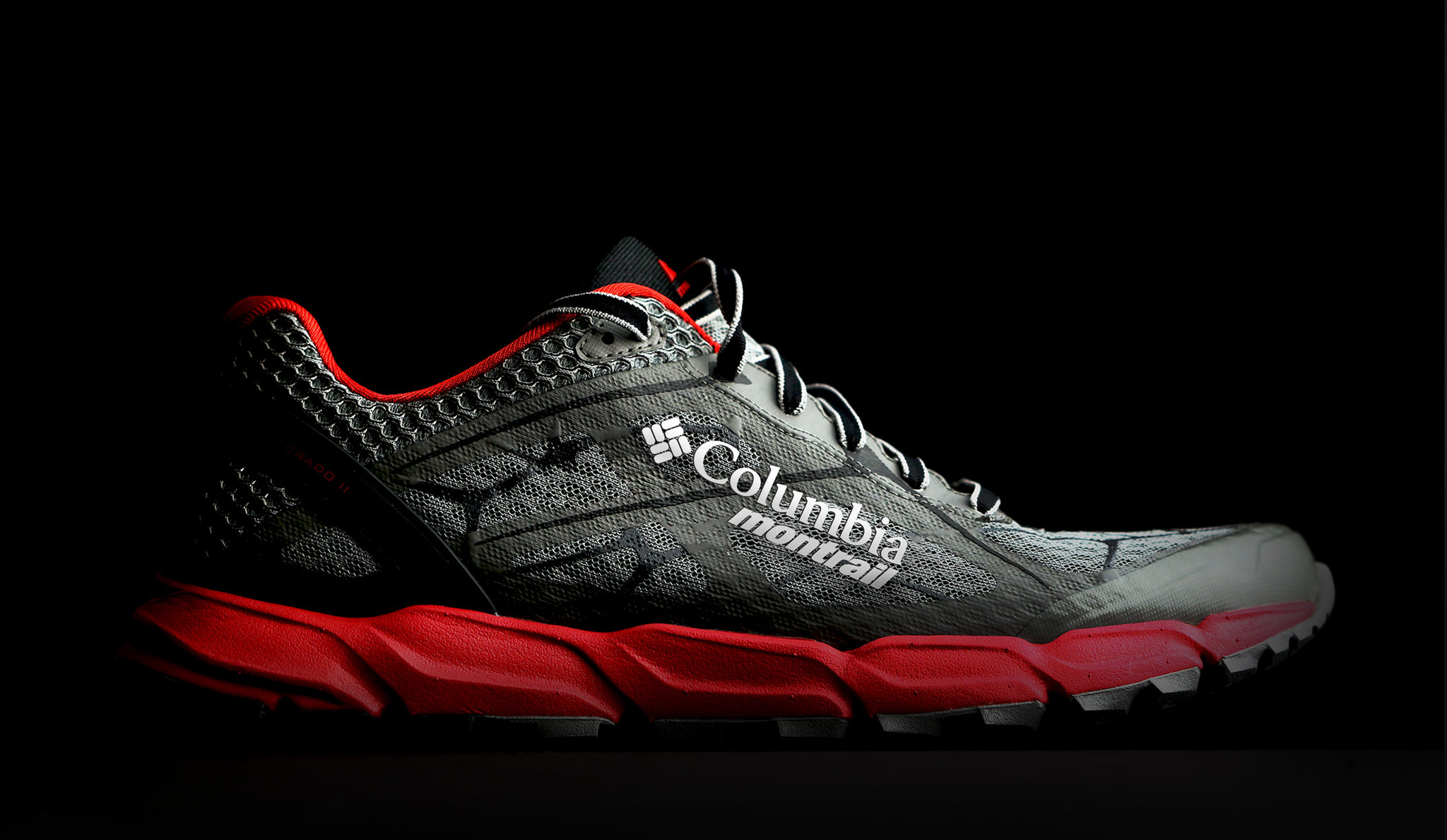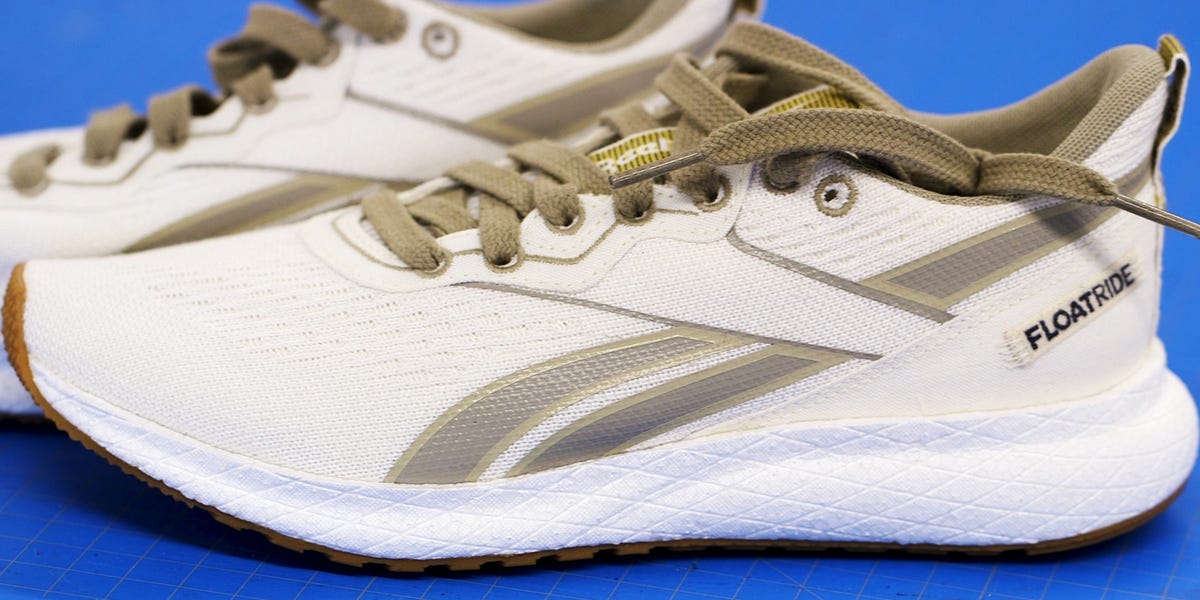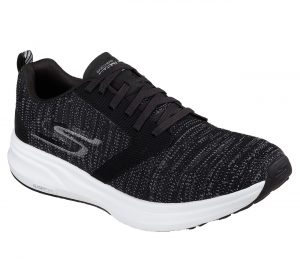To run in the best possible conditions and fully appreciate your trail-running sessions, it is essential to be well equipped.
It starts with the choice of your trail shoes! To achieve a trail of a few kilometres in the forest or an ultra-trail of several days in the mountains, your pair of trail shoes will indeed be different!
It must, therefore, be chosen with care, adapt to your morphology and meet all the needs imposed by the terrain or terrains that you will encounter.
Between the trail shoe with a perfect grip on the slippery area, the very protective trail shoe that offers athletes a lot of reinforcements, and the minimalist trail shoe, you do not know where to head?
From shoe design to maintenance to selection criteria, here is everything you need to know to choose the right trail shoes!
Knowing the anatomy of a trail shoe is essential to choose it well. As a preamble, we, therefore, suggest that you discover the different elements that make it up.
Contents
The Mesh:
The mesh of a shoe is a more or less tight mesh present on the top of your trail shoe. If your mesh is airy, very breathable, it will offer little protection against humidity and water infiltration but will dry quickly.
A tight mesh, on the other hand, will offer better protection against water and better support for your foot, but will less quickly evacuate the accumulated water if it manages to get into your trail shoe.
Followers of summer trails or competitions will prefer breathable mesh, while irregular runners will prefer a tight mesh, so as not to have their feet wet with the dew during morning training.
If you like SwimRun, this practice imported from Sweden which consists of teams of two, in running and swimming in white water, the question does not arise that opt for an ultra-breathable mesh, very airy, will allow you to finish your race in the best conditions!
Mesh is one of the most fragile parts of your trail shoe.
Many trail runners complain about seeing holes in their mesh after a race of several consecutive days. This problem sometimes appears even if your trail shoe is of excellent quality.
It is sometimes impossible to avoid all the obstacles on your route. All it takes is a misplaced branch combined with a brisk pace for your mesh to be torn!
If this happens to you, and you don’t want to change your newly acquired shoe, you can use repair glue. McNett brand Seam Grip 2 glue tubes have been designed to repair tears of all types.
The advantage of this glue? Once the glue has dried, the fabric of your mesh will remain flexible, to avoid any further tearing. Simply magical.
A trail shoe has 3 different soles. First of all, the insole, also called “insole”, is used for the comfort of your foot, the evacuation of sweat, and sometimes the treatment of bacteria.
Next is the midsole. It is the sole located between your insole and your outsole. This sole is of great importance since it will partly determine your stability and your cushioning during exercise.
Finally, the outsole, an element of capital importance for your trail.
The insole: to fight against humidity and odours inside your shoe, there is nothing better than a clean sole! The most famous insole is certainly the Ortholite sole.
This sole is made from Ortholite foam and an EVA pad located at the heel. Ortholite foam provides runners with good cushioning, cooling, and a healthy climate in the shoe.
For runners who have orthopaedic insoles, remove the insoles and replace them with the soles custom-made by your podiatrist specialized in sports.
The Midsole:

This sole can be made from different materials, but it generally remains made of EVA foam, of different density, or polyurethane.
EVA, just like polyurethane is a plastic material, a resin which is obtained in the form of foam, which allows us to isolate the foot of the runner thanks to a swelling agent.
But what exactly are these two materials for? Polyurethane, mixed with EVA, allows the latter to be lighter and to recover faster.
The midsole, in EVA or a mixture of EVA, polyurethane, and elastane, will always seek to offer you the best possible cushioning during your races.
In addition to the midsole, some trail shoes are equipped with additional reinforcements intended to absorb shocks.
Among these different shock absorption technologies, the “ Carbon Shield ” carbon plate, which can be found in the Dynafit Alpine Pro, stands out in particular.
This plate, arranged between the outer and intermediate sole, allows the runner to have additional reinforcement between the foot and the stony ground.
The plate Wave of Mizuno is also a reference. It guarantees excellent stability to the runner and thus numerous injuries.
The Outsole:

This sole suitable for soft terrain will depend on the type of trail you are practising. It is the sole directly in contact with the ground.
Some soles, present on trail shoes dedicated to the mountain course, will be more efficient on rough terrain than others.
A flexible outsole will generally be more grippy since it will sink into the ground and will therefore generally be used for running on slippery or wet ground.
Conversely, a rigid sole will allow you to sink less into the ground and will, therefore, offer you better dynamism.
Your outsole is, therefore, to be chosen according to the terrain on which you like to run or run most regularly.
1: Altra Superior:
A pioneer in zero drops, Altra confirms its mastery with this evolution of its flagship shoe.
Very comfortable, the Superior retains good flexibility in the sole despite a significant thickness, allowing you to benefit from impeccable cushioning, neither too soft nor too hard.
The shape, which is suitable for wide feet, effectively maintains the foot in all directions, useful in complex terrain, which the crampons of the Superior invite you to do.
With such features, you are free to adopt the stride of your choice, but rest assured that the 0mm tilt allows you for natural forefoot reception.
2: Norvan:

Very surprising visually and particularly innovative, the slipper of the Norvan is enveloping and comfortable.
Adapted to wide feet, this shoe has an intriguing lacing system, but which leaves too much room for movement in the foot in the shoe, if the tightening is lax and the foot narrow.
This can become problematic in technical terrain. These light shoes and discreet crampons have a significant inclination not really allowing a forefoot strike, but flat support is possible.
The slightly high and/or rigid opening may cause some people to have pain in the external malleolus.
3: Brooks:

The appearance of the Brooks indicates from the start of a light and agile shoe.
Curiously equipped with very short laces, the PureGrit does not leave much tightening latitude for feet with pronounced arches. In action, the sole is flexible, the liner is pleasant and the whole confirms its lightness.
Also, with its minimal inclination, you will have no problem reaching a forefoot stride while enjoying good grip and satisfactory protection against small dangers. Stability is ensured by a profile close to the ground.
4: Columbia Montrail:

These shoes breathe quality as the finish is precise. Suitable for all feet, except perhaps the widest, the FluidFlex FKT offers classic lacing, even if the laces seem a bit short.
Once on the ground, they provide flexible cushioning and a generally very pleasant sole.
The inclination-thickness combination of the sole makes a reception on the forefoot very difficult, limiting the stride to a flat impact or a classic course. The crampons are correct, but not excellent.
5: Challenger ATR 3:

Difficult to remain indifferent to these oversized shoes! One thing is certain, with such a bias, they can not suit everyone.
With so much material protecting the foot, the Challenger’s liner is very hot, which can become uncomfortable.
Also, the laces are a bit slippery, and, despite the volume occupied, these shoes prove to be tight for wide or arched feet.
On the other hand, once launched, they keep their initial promise: all areas become uniformly soft. Note that it is difficult not to reach the heel, but that the stability is surprising for such a thickness of the sole.
6: Vertical Dynamic:

With a solid collection of crampons, these shoes first attract attention with their quick lacing system. A thin cord that is pulled and locked in place with a plastic press.
The excess rope can be stored in a pocket at the top of the tongue – quick and quite effective. In the long run, however, the tightening tends to loosen.
This is a minimal problem since the shoe holds very well to the foot, whatever happens. The overall comfort is excellent, even if the weight ends up being felt when the legs tire.
Wide Trail Running Shoes Advantages:

They are available in a variety of materials to optimize breathability and waterproofing.
They are light, flexible, and comfortable from the first day (especially when compared to short and long hiking boots). They are more durable than trail running shoes.
The midsole, ideal for absorbing vibrations during descents. Space between the crampons which allows the ground and the dried mud to fall during the race.
Protective reinforcements like stone guards. Rigid construction to hold the foot. Space between the crampons which allows the ground and the dried mud to fall during the race.
As we have seen for the choice of the drop, the weight, and the size of the runner plays an important role in selecting the ideal trail shoe.
A person who has a large size will indeed seek significant support and cushioning when a lighter person will seek, as a priority, a good dynamism.
Heavy runners (+85 kg for men and more than 70 kg for women) will thus orient themselves towards a pair that offers optimal support for the foot and ankle, great stability, a significant drop, as well as ” a midsole with high foam density.
Why? Because a high-density EVA foam sole will withstand multiple shocks over time. If your midsole is low-density foam, it will settle very quickly and therefore quickly lose its cushioning.
Although it is recommended to focus on midsoles, all trail shoes can be suitable for a strong person. Of trail shoes, classics simply may wear faster than a person of average weight.
Here are also some trial shoes for women:
1: Skechers Go Run

If your size is no longer available in the Ghost 11 or if you are looking for a softer and more padded shoe, the Skechers GOrun Ride 7 is a good choice.
Even our most sceptical testers were impressed by their seamless upper, the softness of their insole, and their unexpected elasticity.
They do not give the impression of having bricks on their feet, unlike many high-end models.
However, due to their narrow cut, limited contact with the ground, and average grip on slippery surfaces, they only won the silver medal.
2: Altra Escalante

If you are tempted by a barefoot but better feeling shoe, we recommend the Altra Escalante 1.5.
They have a completely flat flexible sole, an anatomical shape well suited to the foot, and a fully woven and slightly stretchy mesh upper.
The Escalante’s have received praise from our testers who were looking for a minimalist model because they protect their feet from the ground with light padding, while minimally interfering with natural movement.
However, if you want shoes that offer very good support, very padded, and that hold your feet well, this model is not for you.
3: Brooks Adrenaline
If you are looking for a shoe that contains the movement of your foot when it touches the ground and that limits pronation (inclination of the foot inward), you need a model with enhanced stability.
In this eighteenth version, the Brooks Adrenaline GTS 18, which have largely proven themselves, were the favourites of our testers who were looking for a model with enhanced stability.
Adrenaline offers firm support, without being too rigid (a common problem with this type of shoe).
Whether they have wide or thin feet, our testers appreciated the cut of this shoe thanks to its mesh upper and its extensible laces, which allow it to be adjusted properly.
Other strong points: grip, reactivity, and shock absorption. The only drawback is that these shoes are a bit massive.
Conclusion!!!
In this article, we recommend the best trail shoes for men and women.
You can easily go hiking with your friends by wearing these shoes and these trial shoes can also make you comfortable while you are going hiking or running in your sports.
The shoes can make your life easy and comfortable. And you can buy it easily on amazon.


